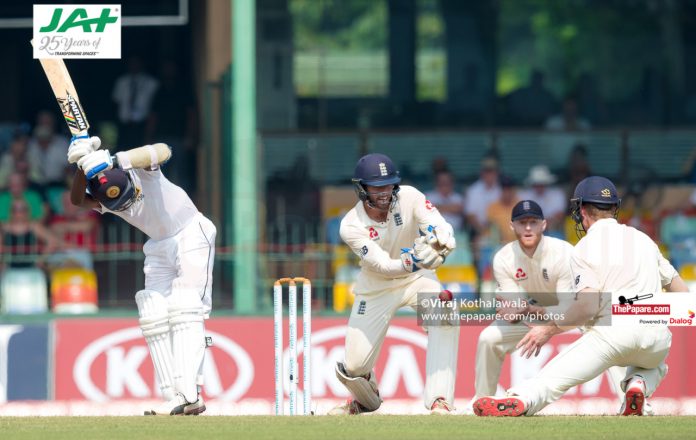There is a move by the guardians of the sport to make four-day Test matches a reality. If the resolution is adopted, for the next commercial rights cycle between 2023 to 2031, all Test matches will be of four days duration.
Some countries have already engaged in four-day Tests and it has been proven that a result is possible despite a day being reduced. So, the reformists are pushing for more of it. Their reasoning is sound. This means that over the next eight-year commercial rights cycle, authorities can free up more than 300 days of cricket which allows them windows of time for more lucrative ventures.
A T-20 league can bring more revenue for players while smaller cricket boards like Sri Lanka can financially be secure as this window allows for an ICC event every year. A packed calendar at the moment has made it impossible to stage the popular Champions Trophy which was last held in 2017 and wasn’t played in 2019.
Not many may know, but the idea of four-day Tests was first tabled at the ICC board meeting by Sri Lanka Cricket more than 15 years ago. Thilanga Sumathipala was heading the board at that point and although his suggestion was turned down, Thilanga predicted that the survival of Test cricket will be impossible if we do not accept change.
SLC doesn’t make any money by playing Tests other than when they play against India or England. They are still able to break even when playing Australia but against all other opponents they are making losses. There is also a growing tendency for the Big Three – India, Australia and England to play within themselves and this means that SLC will no longer bring in India for a bilateral series at the drop of a hat which they used to do when faced with a financial crunch in the past.
Except in England, where Test matches are usually well attended, at most other countries the longer version of the game does not attract full houses. In places like Colombo, policemen on duty outnumber fans at the game.
But the question that needs to be asked is whether the reduction of duration of Tests is going to address the issue of poor spectator attendance.
Countries like South Africa and Australia are doing much for fans to come and enjoy cricket with their families and some of the centers in these countries have seen an increase of numbers but much more is left to be done.
Those who are pushing for four day Test matches are arguing that the number of overs is not going to be significantly cut down. Each day will have 98 overs instead of the usual 90 and therefore we are actually only going to lose 50 overs despite the number of days being reduced.
However, those who play First Class cricket over a duration of four days want to step up for the next level of challenge which is Test cricket and they expect it to be of five days duration.
Thankfully, all leading current players are averse towards the four day Tests and they remain the biggest stumbling block for those administrators who want to bring about change.
Marylebone Cricket Club, the game’s respected lawmakers, whose President is a Sri Lankan also has given a thumbs down for the new proposal. While MCC agreed that the proposed change of format has monetary gains, there’s much more to lose as Test cricket will lose its appeal.
The recent Ashes campaign wouldn’t have been that close had the games ended in four days.
Well, if administrators are really concerned, they can do one crucial thing. That is by calling for more day-night Test matches which has addressed the issue of bringing spectators back into the game. In most parts of the world, you see a tendency of people attending games after working hours.
India staging a day night match recently was a massive plus point and captain Virat Kohli has called for more of these when his team tour Australia later this year.
The debates will carry on but four day Test cricket is inevitable – at least between certain opponents. Australia were rarely challenged this summer as all five Tests against New Zealand and Pakistan ended inside four days. So the tendency is that when top ranked teams play lower ranked teams, games will be of four day duration while the bigger contests likes the Ashes and Border-Gavaskar Trophy will go the full distance. South Africa too could join the equation but the rest will have to be content with a reduced version however much they dislike it. The boards certainly will not have any issues as they are already making losses. In the end, the sport is governed by one salient feature – money.














